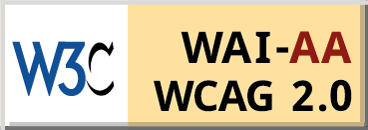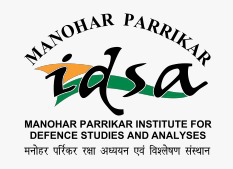China’s Road to Great Rejuvenation: From Opening Up to New Quality Productive Forces
Beijing sees New Quality Productive Forces (NQPF) (comprising big data, AI and other disruptive technologies) as key to national rejuvenation.
Beijing sees New Quality Productive Forces (NQPF) (comprising big data, AI and other disruptive technologies) as key to national rejuvenation.
The new US export control regulation for Responsible AI Diffusion creates a system for AI semiconductor access through country tiers and Validated End User (VEU) categories.
The academia can play a major role by bridging innovation gaps and scaling critical technologies.
Armenia hosted the 28th World Congress on Innovation and Technology (WCIT) from 4 to 7 October 2024, with issues relating to artificial intelligence being the key theme.
India’s focus on building a robust semiconductor ecosystem aligns with its broader goals of fostering innovation and building resilience in supply chains.
The EU Artificial Intelligence (AI) Act fills a major regulatory gap for AI usage today and assigns robust compliance standards.
China’s establishment of the PLA Information Support Force (ISF) in April 2024 is a move to ensure information dominance and military modernisation.
The role of human intelligence (HUMINT) continues to be paramount even in the age of the technologically-infused transparent battlefield.
India's pursuit of Atmanirbhar Bharat in defence technology is a multi-faceted endeavour, requiring strategic vision, robust collaboration, sustained investment and a commitment to innovation.
In aerial warfare technology has progressed rapidly from the frail and flimsy machines seen in the air in the first half of the twentieth century. This monograph attempts to commence task of explaining stealth technology, looking at possible counters to stealth and discussing the ways in which stealth technology changes the conduct of aerial warfare.



